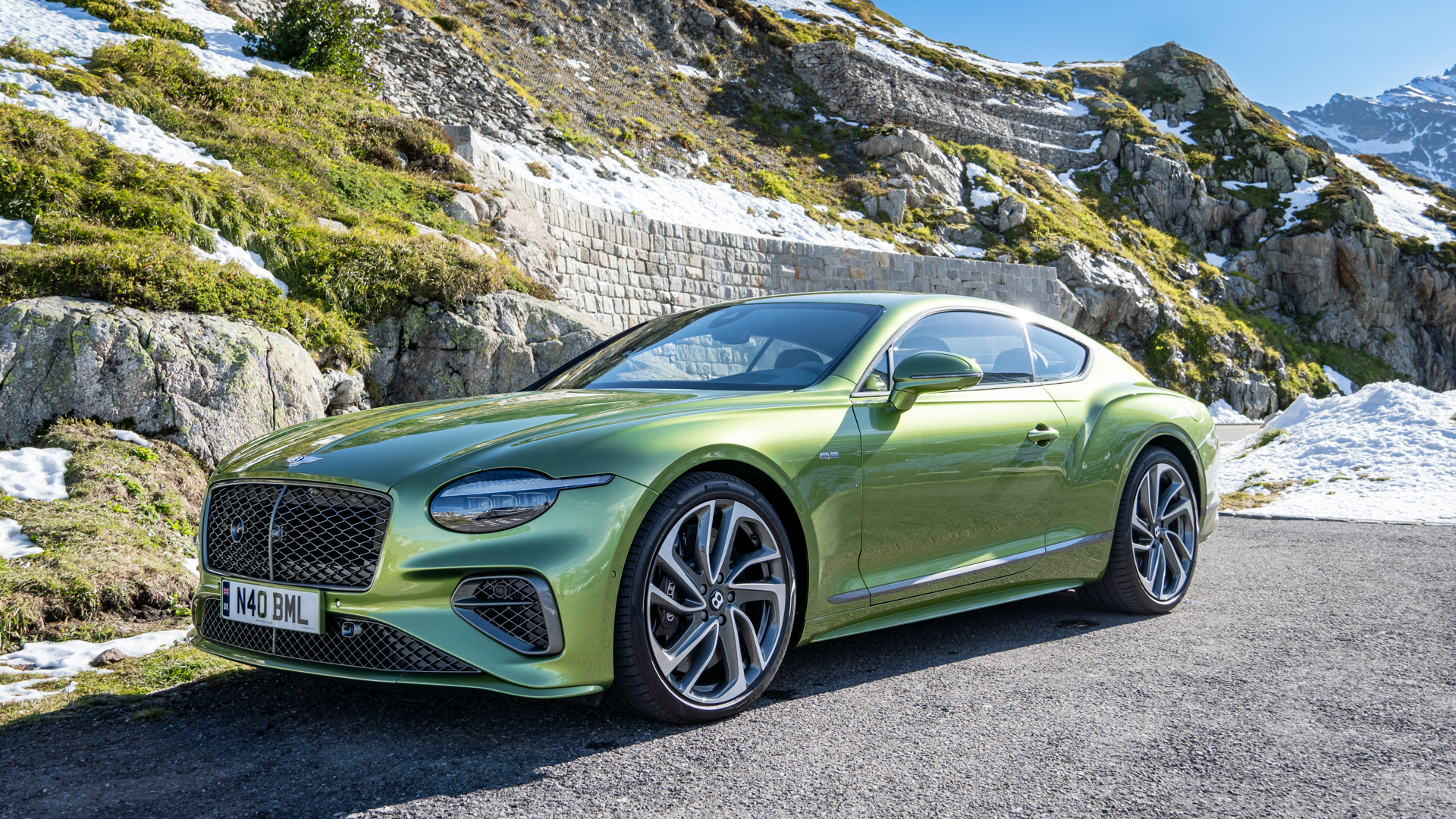

Celebrating its 21st birthday, the Bentley Continental GT has just entered its fourth generation – and the big news is that the flagship Speed model is no longer powered by Bentley’s formidable W12 engine.
In fact, no Bentley is powered by a W12 anymore, since after two decades and 100,000 examples built, the engine has now been retired. In its place is an all-new hybrid system comprising a heavily-reworked version of Bentley’s twin-turbocharged 4.0-litre V8, and an electric motor.
Bentley claims more power than ever, of course, and more performance too. There’s also the promise of a better ride, thanks to new dual-valve dampers and dual-chamber air suspension, plus the ability to travel up to 50 miles on electric power alone.
It may not look like the biggest upgrade on the outside, and practically nothing has changed inside. But under the skin the hybrid GT Speed has been thoroughly reworked for the modern, plug-in world.
Has hybridisation changed the Bentley’s character beyond recognition, or does a V8, a battery and an electric motor serve to amplify what was already one of the greatest grand tourers in a generation? Read on to find out.
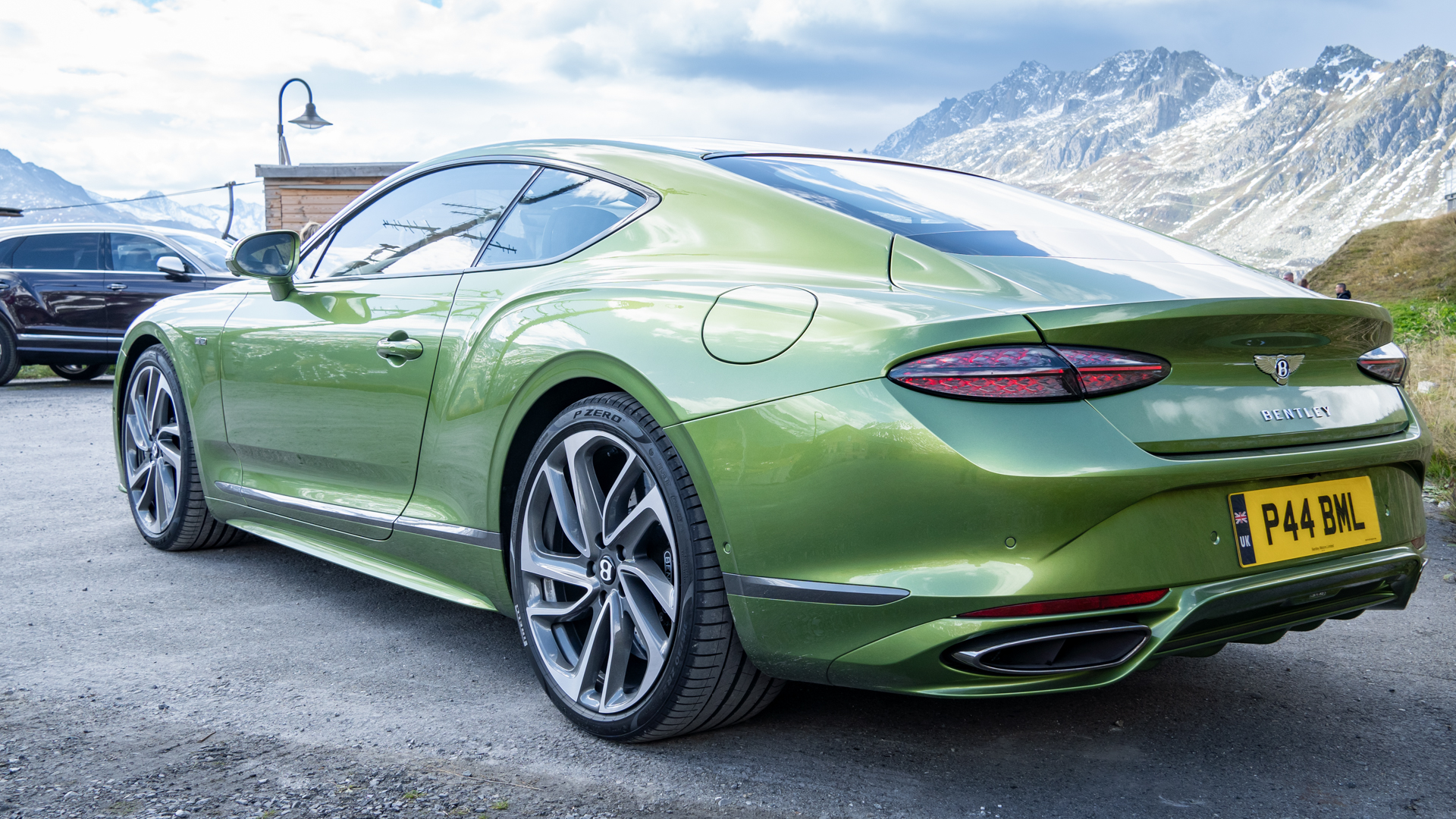
How much is the Bentley Continental GT Speed hybrid?
The new, fourth-generation Bentley Continental GT Speed is priced from £236,600, which is about £28,000 more than its predecessor.
That’s only half the story though, as few Bentleys ever leave the factory in Crewe without a few extras. For the previous model that meant spending about £12,000 on the must-have combination of the superb Naim sound system and rotating dashboard. Add a couple more packs of extras and you’ll be looking at closer to £280,000, or perhaps more, for your perfect Continental GT Speed.
Sign up to the T3 newsletter for smarter living straight to your inbox
Get all the latest news, reviews, deals and buying guides on gorgeous tech, home and active products from the T3 experts
T3 also drove the convertible Continental GTC Speed, which is priced from £259,500.
Features and design
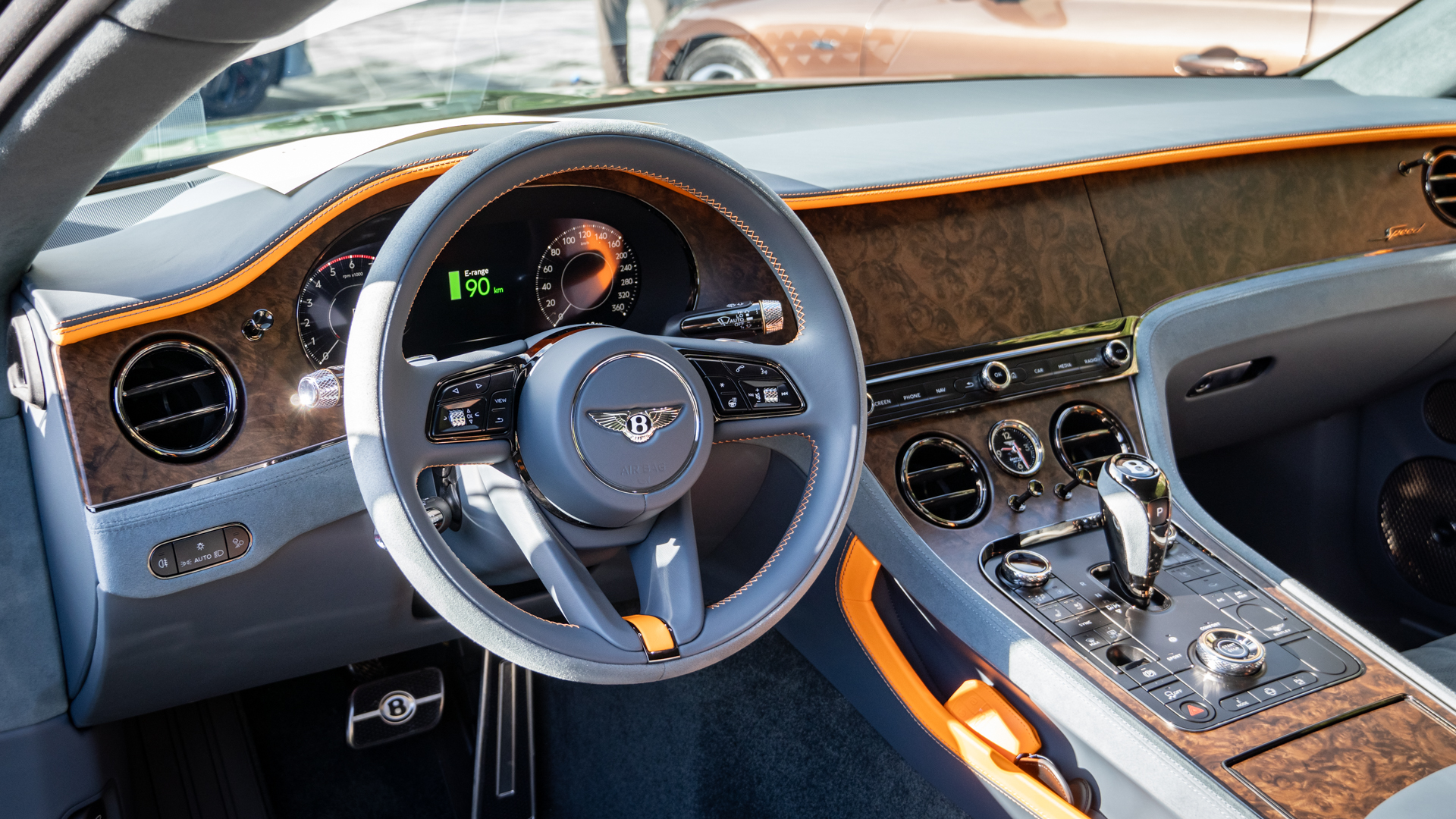
Design-wise, not much has changed for the fourth-generation Bentley GT. The biggest upgrade to the exterior are the headlights. There’s now just a single pair (instead of two) and they have gained a horizontal ‘eye-lid’ that strikes through the main unit and functions as the daytime running light. It’s a design detail inherited from the limited-run Bentley Bacalar and Batur and helps to make the latest Continental GT stand out from its predecessor.
The single pair of lights are a first for any mainstream, non-coachbuilt Bentley since 1959, but the face is still very much recognisable as a Continental GT.
Bentley says how the GT has “the stance of a resting beast…muscular but relaxed,” and while it’s usually easy to dismiss such claims as marketing fluff, in this case I’ll grant them a pass. The GT’s sleek roofline and pronounced haunches really do give it the profile of a wild cat sitting, ready to pounce.
The rear has also undergone a minor update, with discrete changes made to the bumper, taillights, boot lid and exhaust pipes, although, again, these serve as a subtle tidying up rather than a major overhaul.
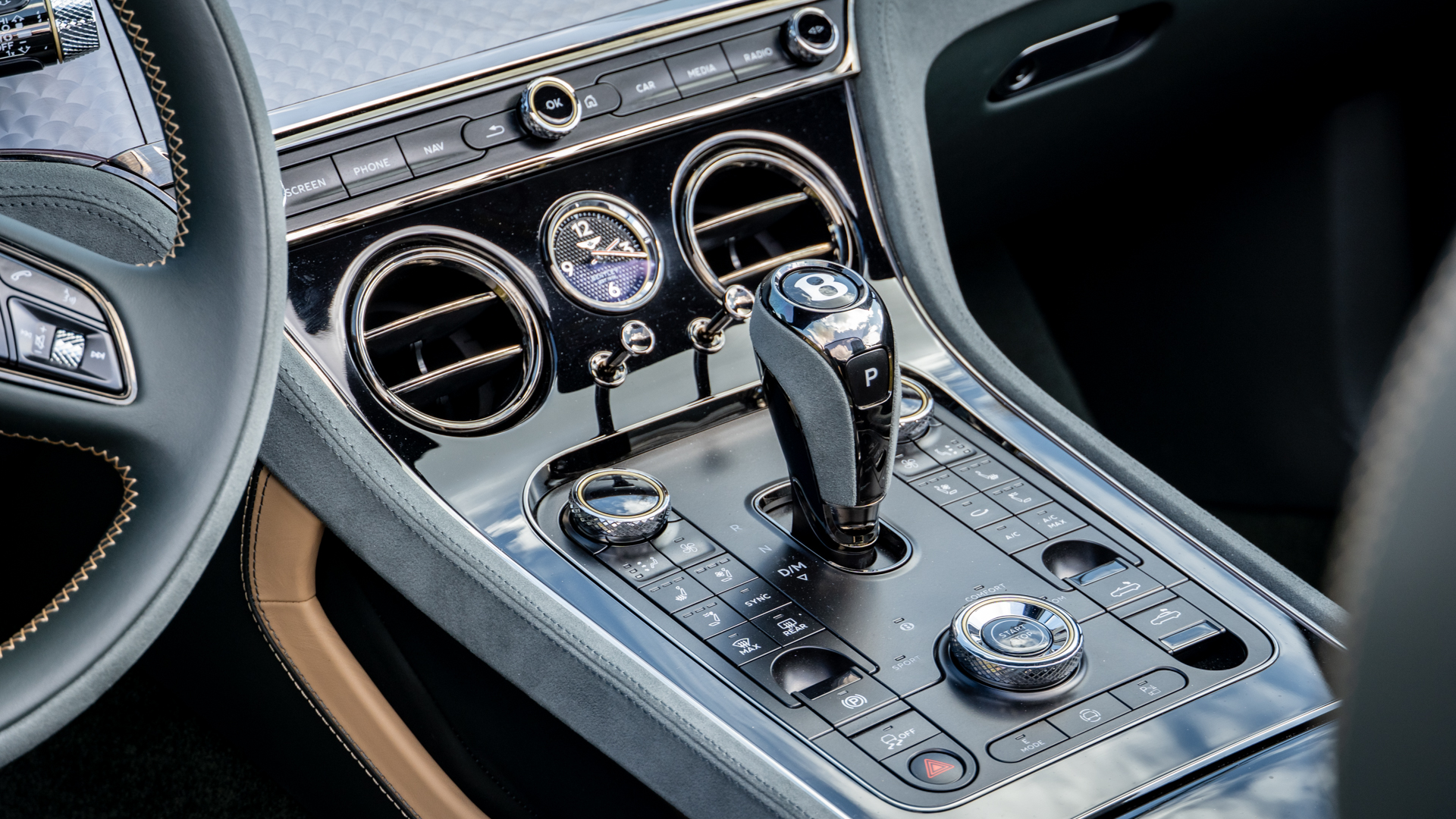
Inside, the cabin is almost identical to the previous generation. This is a very good thing, since Bentley already produces some of the very best interiors of any car company. From the 3D, diamond-shaped leather quilting on the doors, to the organ stop-style ventilation controls (pull outwards for more air), the rotating dashboard that hides the navigation screen when you don’t need it, and the astonishing, 18-speaker Naim sound system, this is a truly magnificent place to be.
One small change sees some glossy black plastic removed from the centre console, replaced by a matte surface that still looks and feels premium but doesn’t suffer from reflections and therefore makes its buttons easier to see.
The Continental GT is still a 2+2 car, meaning there’s two proper seats up front and two smaller seats behind. These really are compact though, and suited only for children. Great for those who need them, but I wonder if Bentley might consider the option to replace them with space for additional luggage. Tailored, branded and suitably expensive luggage, of course.
Hybrid technology
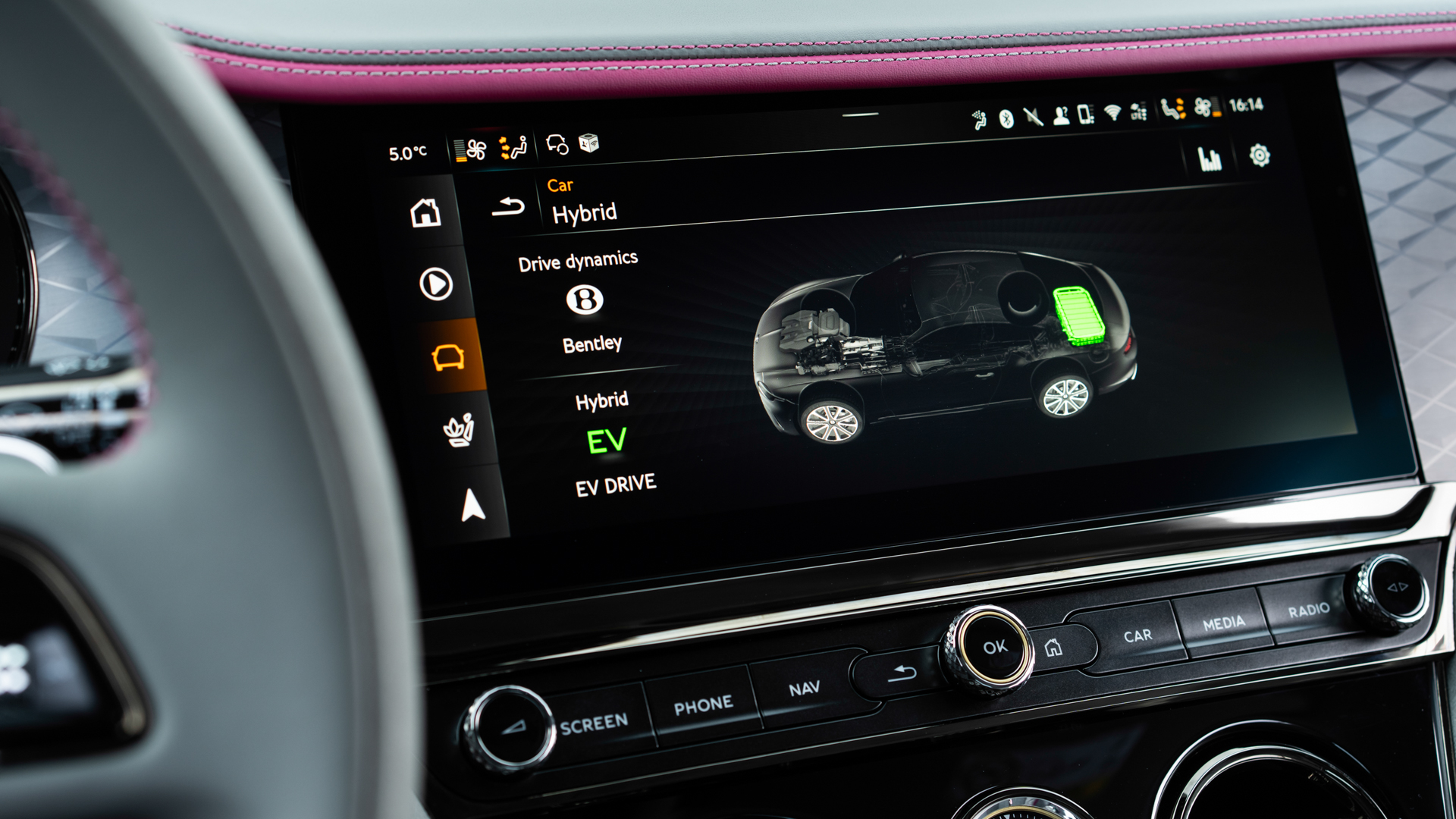
Now for the big news, and that new hybrid powertrain. It combines a twin-turbocharged 4.0-litre V8 engine with an electric motor and a 25.9 kWh battery pack. The engine alone produces 600 horsepower (PS) and the motor can manage up to 190 hp and 450 Nm; total system output is 782 horsepower and a massive 1000 Nm (738 lb-ft) of torque.
Bentley has positioned the motor between the engine and the eight-speed dual-clutch gearbox, with the hybrid system powering all four wheels. The battery is fitted behind the rear seats and can be charged at up to 11 kW, with no high-speed DC charging option currently available.
The familiar Comfort, B and Sport drive modes remain, with the former using the engine and battery as it sees fit. The car can run on electric power alone, travelling at up to 87 mph and with a range of up to 50 miles. Bentley says the battery takes just under three hours to charge, or the car can be left to top up the pack automatically while driving.
Performance and drive
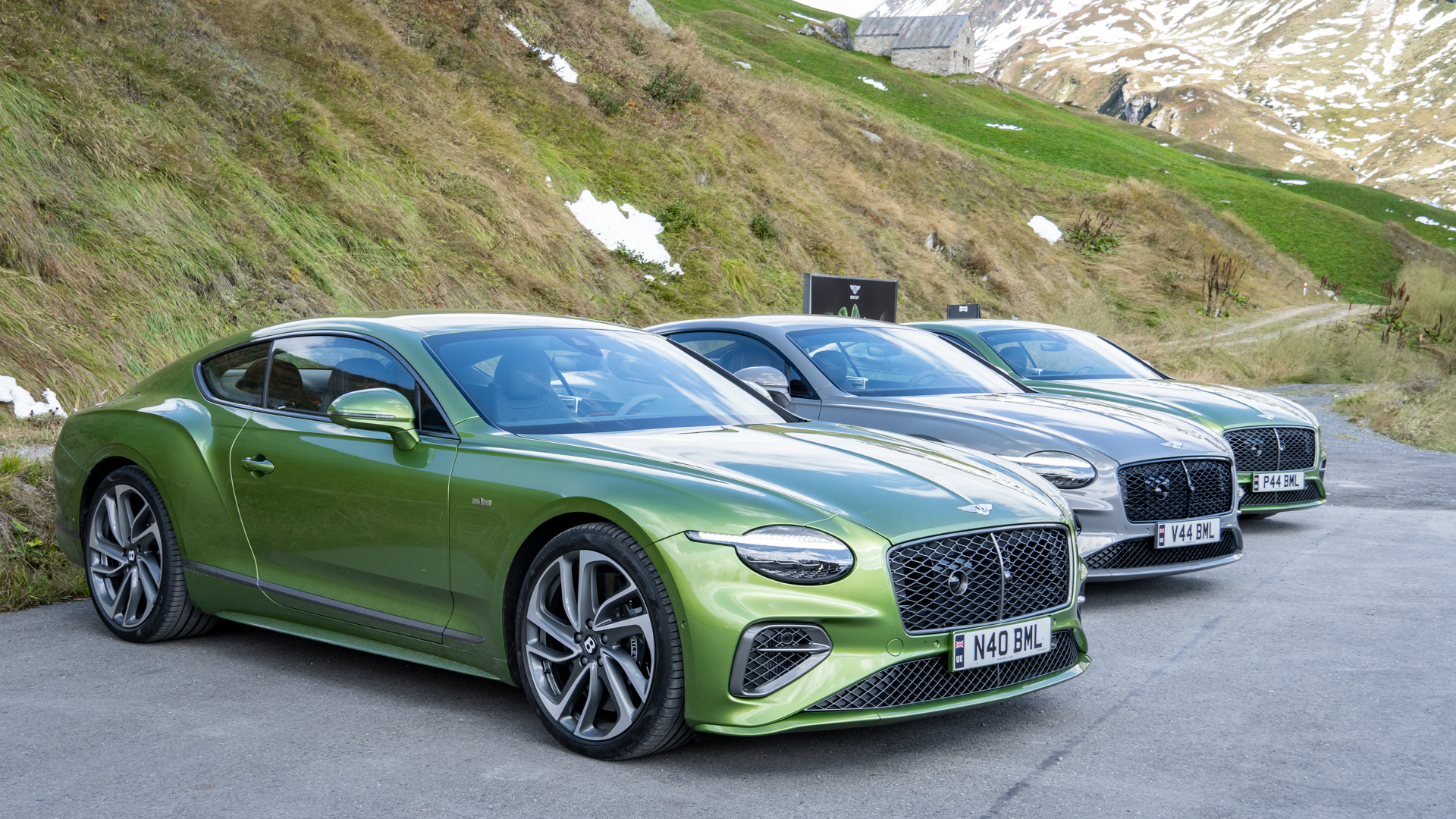
Bentley says the GT Speed has supercar levels of performance, and it’s not joking. It may weigh 2,495 kg, but this car is seriously quick in a straight line, sprinting to 60 mph in 3.1 seconds and with a top speed of 208 mph. The electrification helps deliver a surge of power at low revs, after which the turbocharged engine quickly gets into its stride and the GT Speed hurls you down the road.
It’s just what you’d expect from over 750 horsepower. But the all-wheel-drive and near-perfect weight distribution (51:49 front-to-rear, aided by the battery pack countering the mass of the engine) mean it never feels lairy. I’m sure it would if you turned the stability control off and gave it a stab of throttle, but in regular driving it feels absolutely planted. Comfortable too, thanks to the uprated springs and dampers, plus a 48-volt active anti-roll system that stops the car heaving about through the corners.
Other chassis features include up to 1.5 degrees of rear wheel steering to help create the feeling of a shorter wheelbase in tight corners then add stability in a straight line, and an electronic limited-slip differential on the rear axle. Massive, 420 mm brake discs are standard fit, while carbon-ceramic discs are available as an optional extra for even more stopping power.
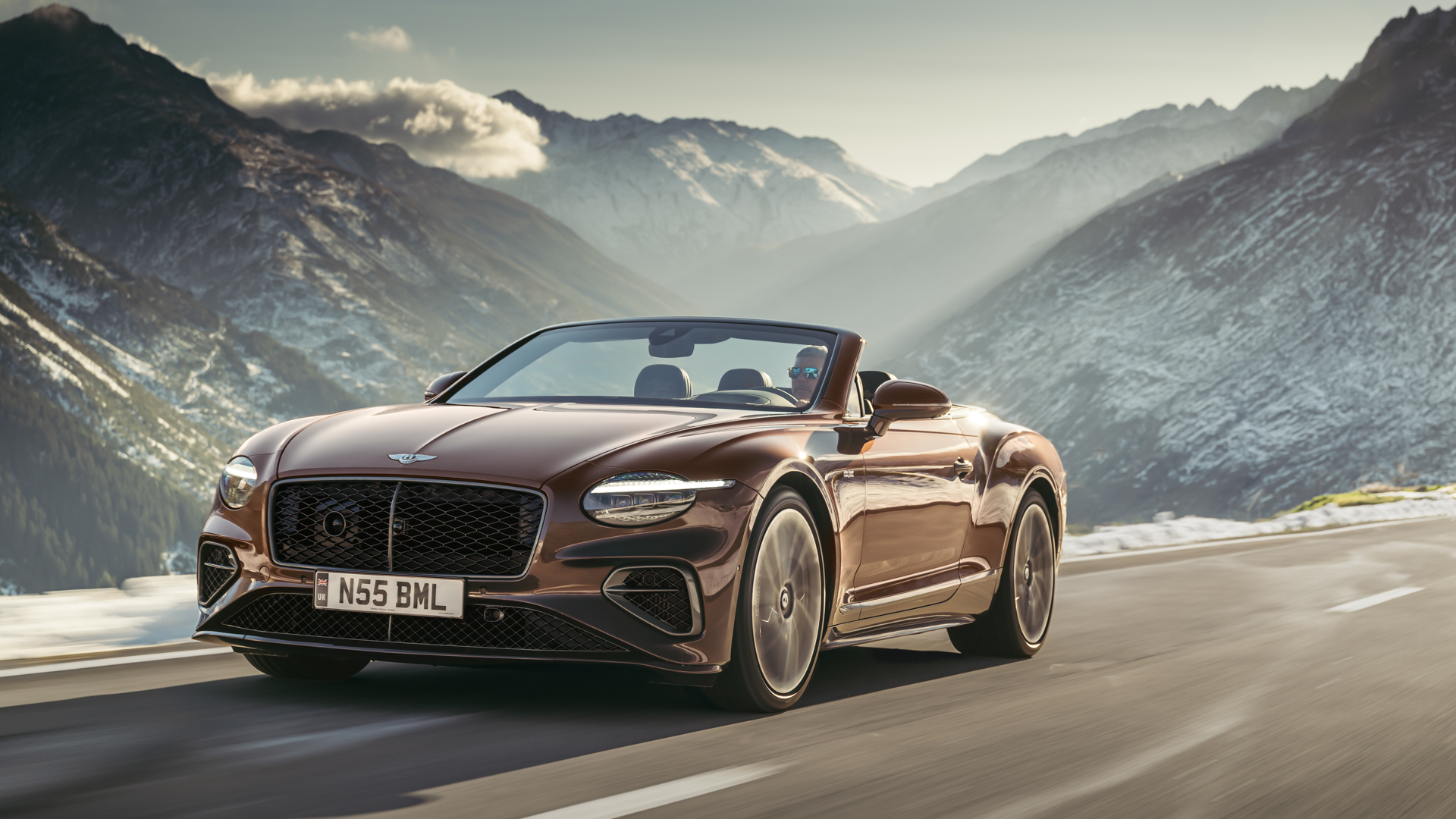
My day with the Bentley took in a set of stunning Swiss Alpine passes, each snaking their way up and down the mountainside, and giving the car a proper workout. It’s a technical challenge, but the lasting impression wasn’t of how the GT Speed launched out of hairpin bends, nor how it slowed itself reassuringly on the downhill slaloms.
Instead the memory seared into my mind at the highest resolution is of tranquillity. Of when the engine shut down and the electric motor took over; the big Bentley cruising through crisp mountain air in near-silence, warm air vents directed at the back of my neck, massage seat each doing its thing.
It reminded me of how much I enjoyed cruising silently through traffic in the hybrid McLaren Artura. In both cases there’s a sense the engine is saving itself; holding back and waiting to impress when the timing is just right. The Bentley will even haul itself up an Alpine switchback road on electric power alone, if you’re relatively gentle on the accelerator. Then when the mood takes you, switch into Sport mode, ignite the V8, and bathe in its loud, muscular soundtrack.
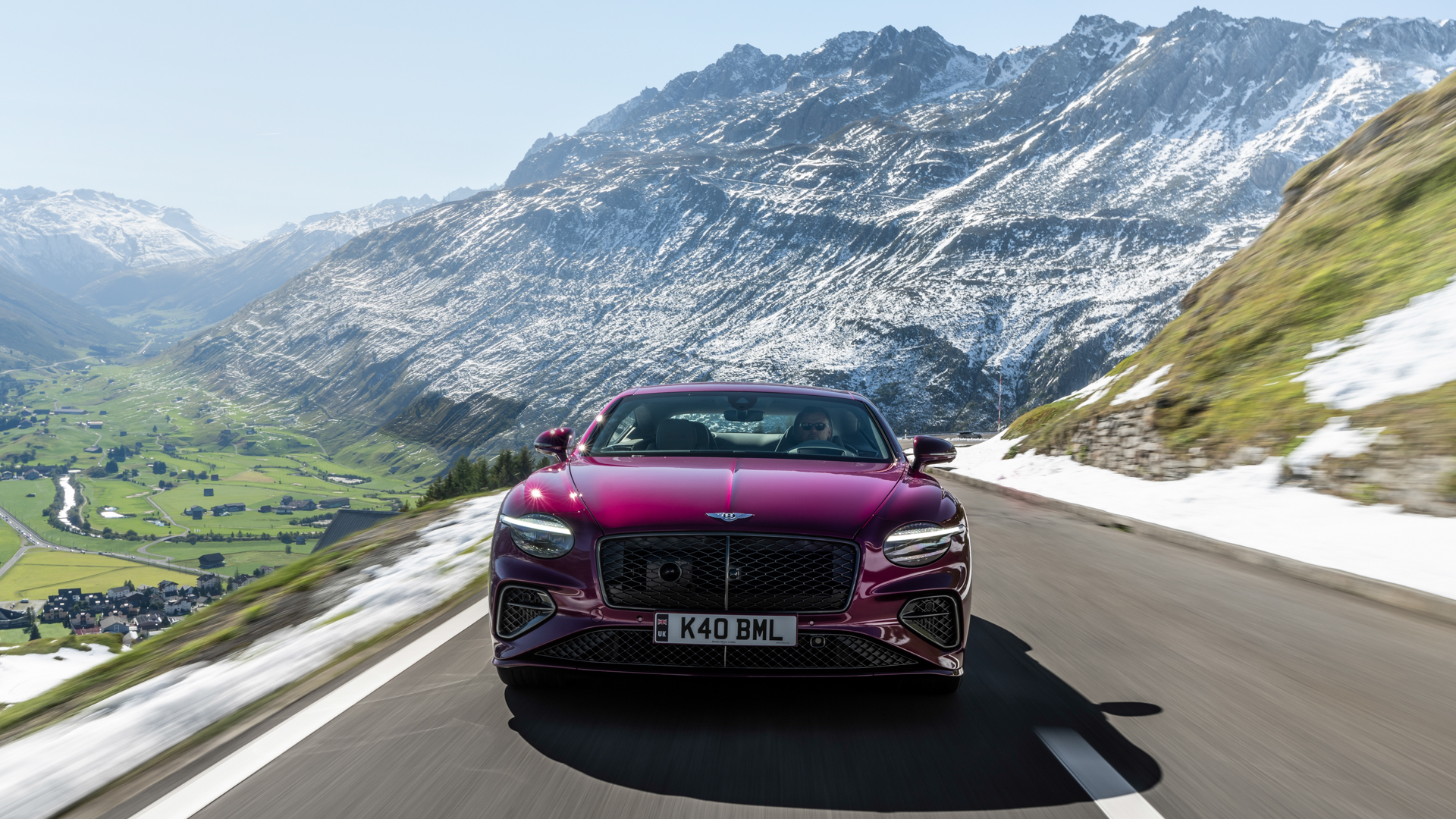
Pure-EV mode adds a whole new character to cars like this. Instead of merely a quiet exhaust or a loud one, you can now choose to drive your Bentley in silence, or with a thunderstorm clamped to your coattails. Drop the fabric roof of the GTC model and the difference is even more profound, since, unlike many other cars, the Bentley’s exhaust note is entirely real, with no sound system trickery.
And what‘s more, the hybrid system here works far better than that of the V6-engined Bentley Flying Spur. There, the engine felt underpowered and the hybrid system lacked the sophistication of the GT Speed’s. Here, the engine and motor work in perfect harmony, helping each other out to ensure you make progress quickly, intuitively and efficiently. The battery doesn’t need babysitting. Just switch between Comfort, B and Sport modes as you please, and the Bentley will use its engine and regenerative braking to top-up the battery as necessary. To borrow an old Apple mantra, it just works.
Should I buy a Bentley Continental GT Speed hybrid?
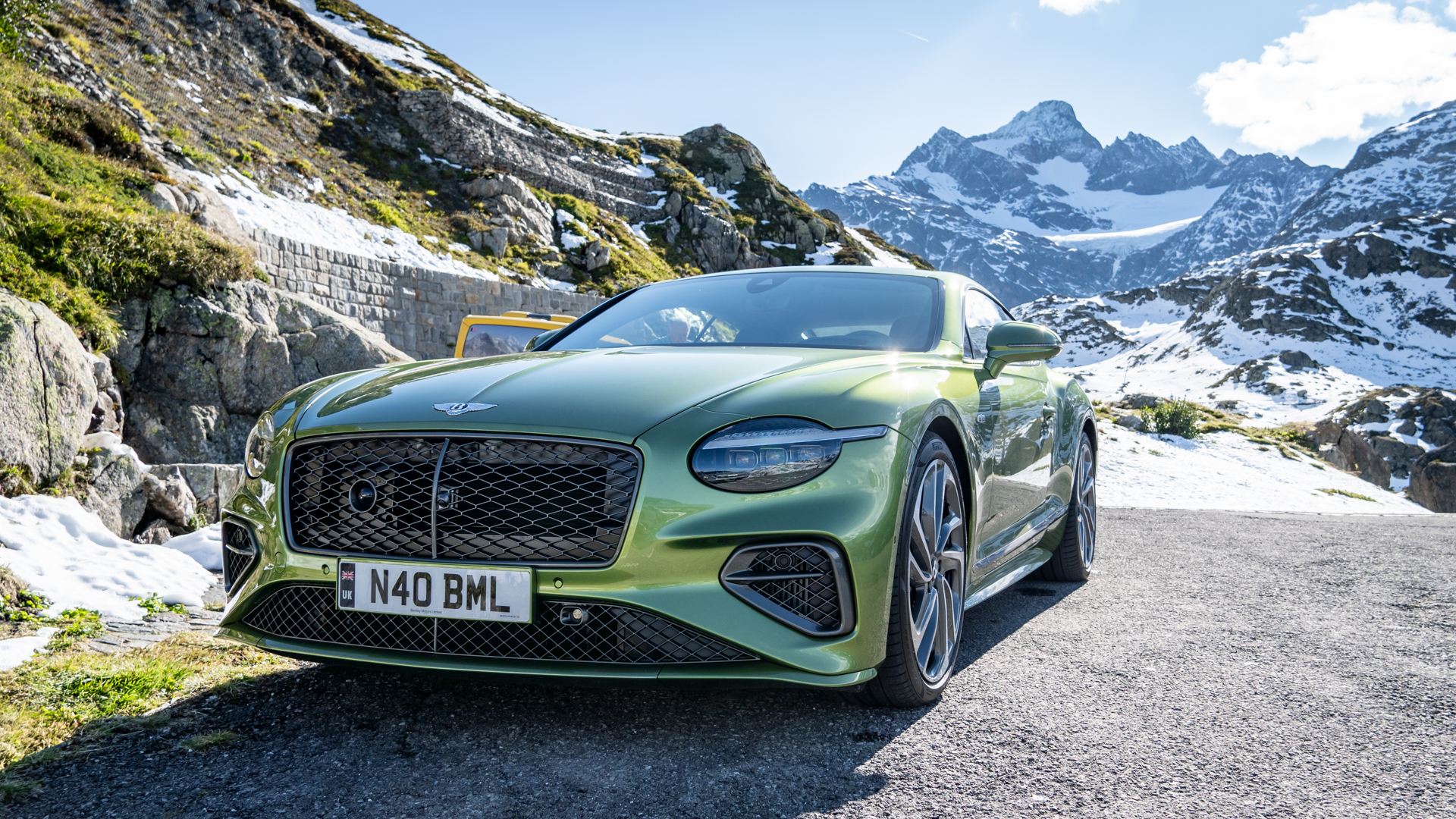
Yes. If you are in the market for such a car, you absolutely should. The Continental GT was already fabulous, and now with hybrid drive a whole new side to its character has been unlocked.
You can mourn the passing of the W12 if you like, but instead I urge you to welcome the V8 hybrid with open arms. It’s quicker, while also being more efficient and, when the mood takes you, silent. It adds a new string to the Bently’s bow without taking anything away.
Now all that’s needed is to make your choice: will it be the coupe or the convertible?
Alistair is a freelance automotive and technology journalist. He has bylines on esteemed sites such as the BBC, Forbes, TechRadar, and of best of all, T3, where he covers topics ranging from classic cars and men's lifestyle, to smart home technology, phones, electric cars, autonomy, Swiss watches, and much more besides. He is an experienced journalist, writing news, features, interviews and product reviews. If that didn't make him busy enough, he is also the co-host of the AutoChat podcast.
-
 3 overrated shoulder exercises, according to a fitness expert (and what to do instead)
3 overrated shoulder exercises, according to a fitness expert (and what to do instead)Sculpt 3D shoulders whilst minimising injury with these three alternative exercises
By Bryony Firth-Bernard Published
-
 Polar’s new subscription feature lands in the shadow of Garmin’s Connect+ rollout
Polar’s new subscription feature lands in the shadow of Garmin’s Connect+ rolloutPR genius or timing disaster? Polar’s new Fitness Programme adds adaptive training to its ecosystem
By Matt Kollat Published
-
 I tried the ultra-exclusive Bentley Batur with a £25k Naim sound system
I tried the ultra-exclusive Bentley Batur with a £25k Naim sound systemWhat does a car stereo worth £25,000 really sound like?
By Alistair Charlton Published
-
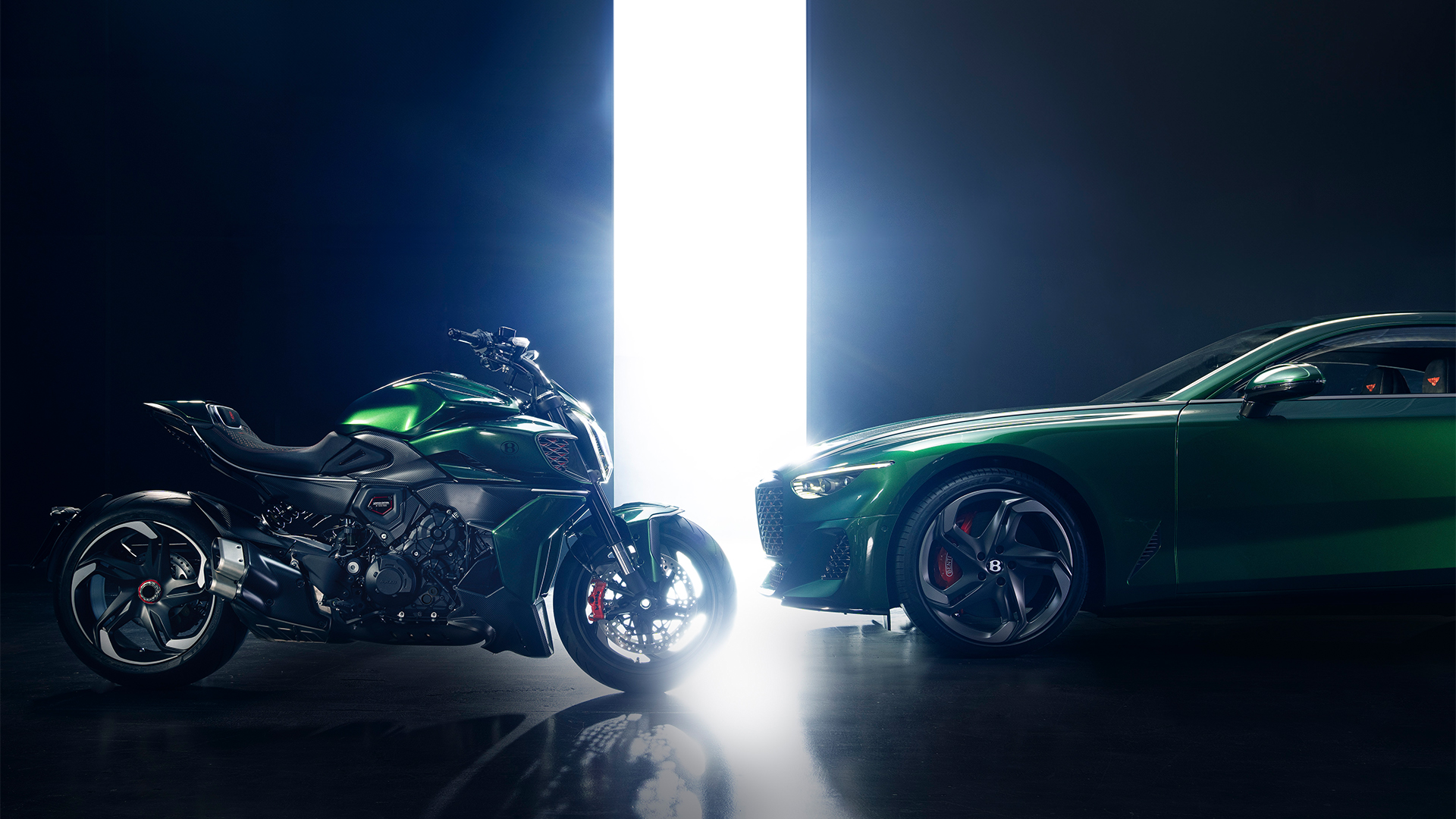 There's now a Ducati Diavel monster roadbike that matches your £1.6m Bentley
There's now a Ducati Diavel monster roadbike that matches your £1.6m BentleyBatur owners can complete their dream garage
By Leon Poultney Published
-
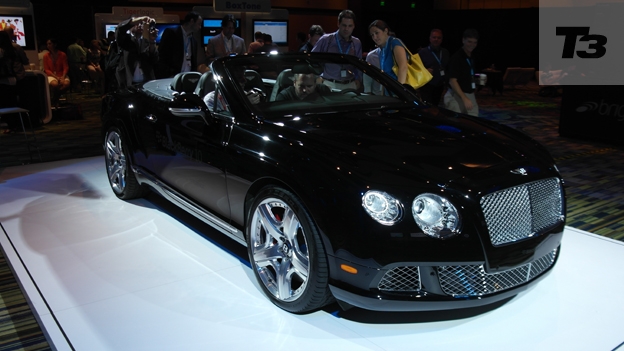 Bentley Continental GTC QNX review: Hands-on
Bentley Continental GTC QNX review: Hands-onCurved touchscreens, voice control and a BlackBerry Z10 remote...
By Thomas Tamblyn Published